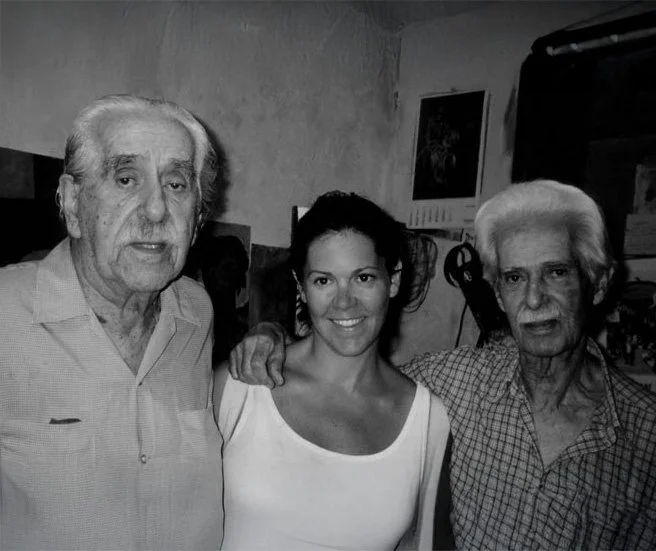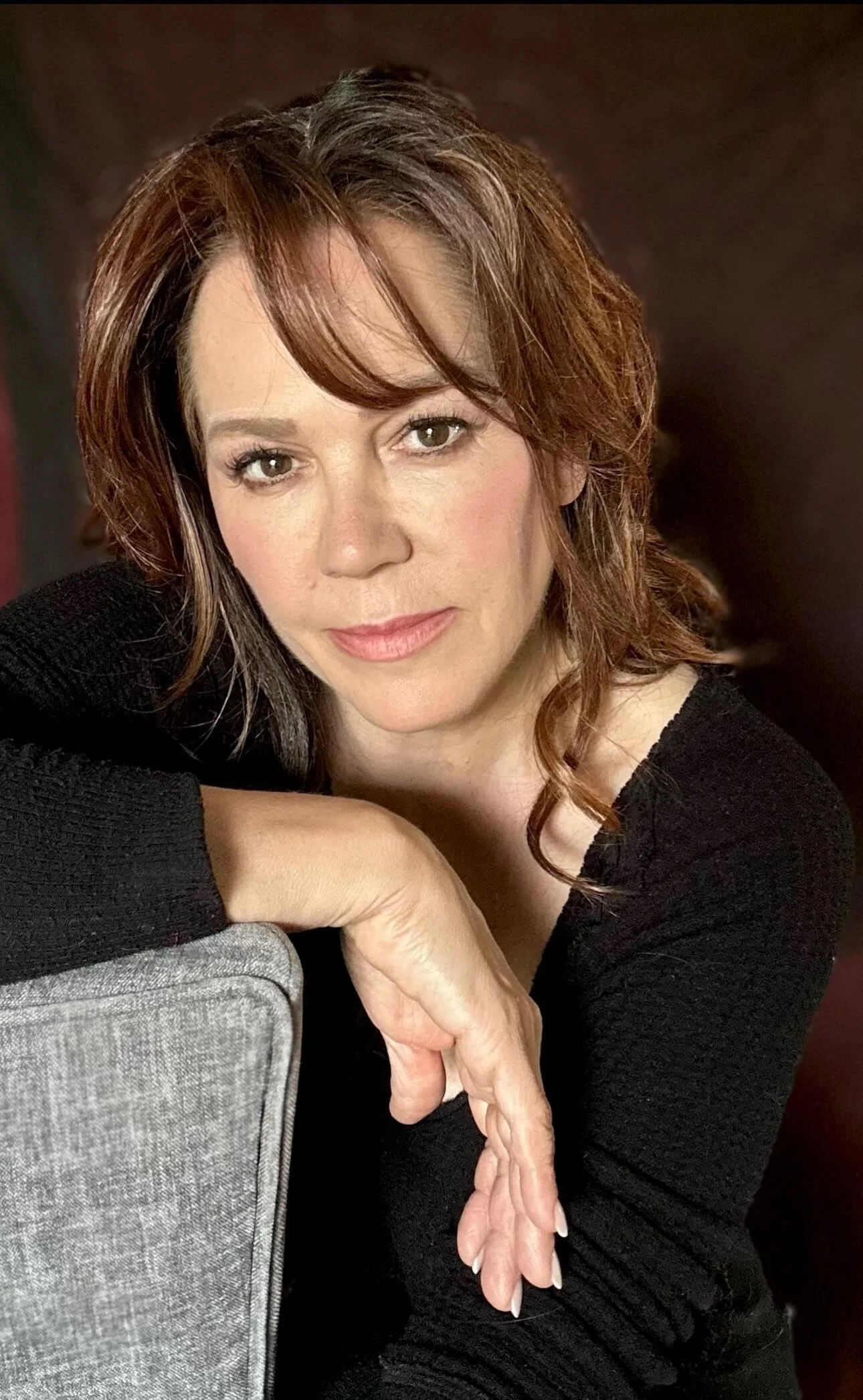
Antonia Ramis Miguel
was born in Spain and has been painting since childhood. Trained in Europe, she studied for seven years with Professors Edgardo and Alceu Ribeiro, themselves students of the renowned constructivist Joaquín Torres-García. Following her formal training and pursuing an interest in conservation, she spent several years studying the techniques of, among others, Rubens, Sargent, Velázquez, and Vermeer. In the present, she owns and runs her Art School and Studio, Miguel’s Atelier in Ellicott City, MD.
Miguel paints primarily in the medium of oil, on canvas. She has shown her work in individual and collective exhibitions in her native Spain, the United Kingdom, Austria, and the United States.
Miguel divides her time between Ellicott City, MD, Washington, D.C. and Palma de Mallorca (Spain). She also teaches at the Truro Center for the Arts at Castle Hill, affiliated with the Art Institute of Boston, and also at the South Shore Art Center. She offers workshops in Boston, Massachusetts and abroad (Europe). She collaborates as an art adviser for ARCK Art Resource Collaborative for Kids. Her work can be seen at the Julie Heller Gallery in Provincetown, MA, The Watergate Gallery in Washington, DC and HorseSpirit Arts Gallery.
Mentors
-

Alceu Ribeiro (1919-2013)
Alceu Ribeiro was born in 1919 in Artigas, Uruguay.
In 1939, he received a grant and, together with his brother Edgardo, moved to Montevideo to study under Master Joaquín Torres García. He continued his studies at the Taller Torres García until 1949, the year of the Maestro’s death.
Just a few years into his artistic training, Ribeiro began earning awards, praise, and critical recognition. With the support of the Municipality of Montevideo, he founded and directed the workshop El Molino (“The Mill”).
In 1974, he settled permanently in Mallorca, where he taught art alongside his brother Edgardo. In 1981, Antonia R. Miguel became one of his students and went on to spend the final five years of her training under his guidance, inheriting from him a deep passion for experimentation.
Remaining faithful to the spirit of his master, constructivist Joaquín Torres García, Ribeiro incorporated a strong sense of geometric structure into his compositions, often guided by the golden ratio to achieve harmony and proportion.
His works can be found in the National Museum of Fine Arts, the Museum of Contemporary Art in Madrid, the Museum of Medellín in Colombia, collections in Brazil, and numerous private collections across Europe.
Alceu Ribeiro passed away in Mallorca, Spain, in 2013 at the age of 93.
-

Edgardo Ribeiro (1921-2006)
Born in Uruguay on October 13, 1921, Edgardo Ribeiro showed a natural talent and interest in drawing from an early age. In 1939, he and his brother Alceu received a grant to move to Montevideo, where they began their studies with Maestro Joaquín Torres García.
In 1943, Ribeiro won his first Grand Prix, Friends of Art, and went on to receive many more prizes throughout his career. His work was exhibited internationally, with shows in Uruguay, Paris, Holland, Tokyo, Mexico, Spain, and Washington, D.C. His pieces are held in museum collections worldwide, from Montevideo to the Museum of Modern Art in Moscow.
Ribeiro also had a long and generous career as a teacher. In 1970, he moved to Mallorca, Spain, where he and his brother opened an art school. It was there, in 1981, that Antonia R. Miguel became one of their students. She trained under Edgardo for more than two years and continued to keep in touch with him for many years after his return to Uruguay.
Edgardo Ribeiro passed away in Uruguay in February 2006 at the age of 84.
-

Joaquin Torres-Garcia (1874-1949)
Joaquín Torres García was born on July 28, 1874, in Montevideo, Uruguay.
In 1891, at the age of 17, he moved with his family to Spain, eventually settling in Barcelona. There, he studied at the School of Fine Arts and later joined the Cercle Artístic de Sant Lluc. By 1901, Torres García was painting frescoes and murals, first with Adrià Gual and later with the renowned architect Antoni Gaudí, contributing to projects such as La Sagrada Familia in Barcelona and the Cathedral of Santa María in Palma de Mallorca.
In 1920, Torres García moved to Paris, where he became connected with leading figures of modern art, including Marcel Duchamp, Man Ray, and Piet Mondrian. He was a co-founder of Cercle et Carré (“Circle and Square”), the group that promoted the first exhibition of constructivist and abstract art in 1930. His contribution to Constructivism combined geometric rigor with symbolic figures representing humanity, knowledge, science, and urban life.
After living in Paris and Madrid, Torres García returned to Montevideo in 1934. There, he quickly became a central figure in the Uruguayan art scene, founding the Sociedad de las Artes del Uruguay and later publishing his influential theory of Universal Constructivism. He also established The School of the South, which became a hub for a generation of artists — among them Edgardo and Alceu Ribeiro.
Throughout his career, Torres García wrote extensively on art and constructivist theory, earning tributes from contemporaries such as Pablo Picasso, Pablo Neruda, Georges Braque, and Amédée Ozenfant.
He passed away in Montevideo in August 1949, at the age of 75, leaving behind a legacy that transformed modern art in Uruguay through both his work and his teaching.
